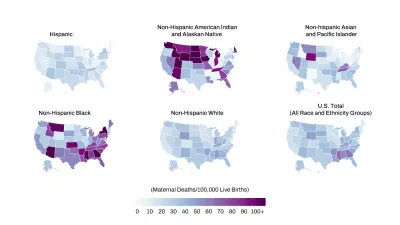Maternal health
Maternal health refers to the health of women and childbearing people during pregnancy, childbirth, and the post-natal months. Despite overall improvement in maternal outcomes since 1990, disparities remain.
Photo by Anushree Fadnavis, Reuters.
Key findings
Fewer women and childbearing people die now than they did in 1990.
In 1990, nearly 22 million DALYs (disability-adjusted life years) were observed globally due to maternal disorders. By 2021, that number had fallen to about 12 million DALYs.
However, complications from pregnancy and childbirth are on the rise in some locations. Injuries, infections, and conditions like hemorrhage and eclampsia can leave women with long-term health challenges.

Maternal hemorrhage remains the most common cause of death and injury among pregnant people.
But its incidence has lessened over the past 30 years. In 1990, about 114,000 women died because of maternal hemorrhages. By 2021, that number had fallen to about 47,000.
Patterns of maternal disorders vary by age. Recognizing risks associated with different age groups can help improve outcomes for all.

There are notable inequities in maternal death rates among different groups in the United States.
In the US, evidence suggests that unlike other high-income countries, maternal disorders and death are increasing. In 2019, twice as many maternal deaths were observed as in 1990.

Which groups are most affected by maternal deaths in the United States?
Maternal deaths are increasing at disparate rates across different populations and states, which has worsened existing inequities. Comprehensive estimates of maternal mortality ratios (MMRs) do not yet exist, but a study from IHME/Mass General Brigham found evidence that from 1999 to 2019, MMRs were higher for American Indian and Alaska Native and Black populations than among Asian, Hispanic, White, and Native Hawaiian or Other Pacific Islander populations, possibly due to structural and interpersonal racism.
Black populations had the highest maternal mortality ratio. The highest rates of maternal mortality were found in northern Mountain states, the Midwest, and the South.
See where progress has been made in reducing maternal deaths.





